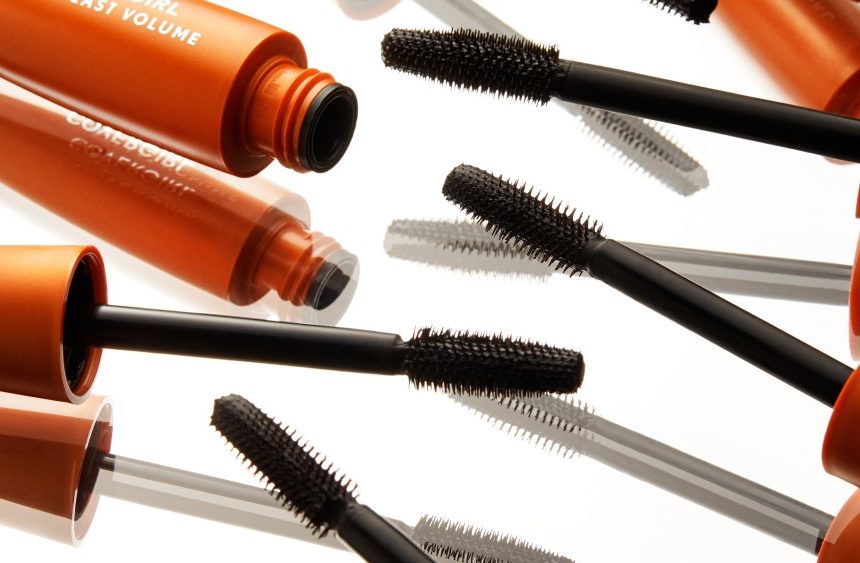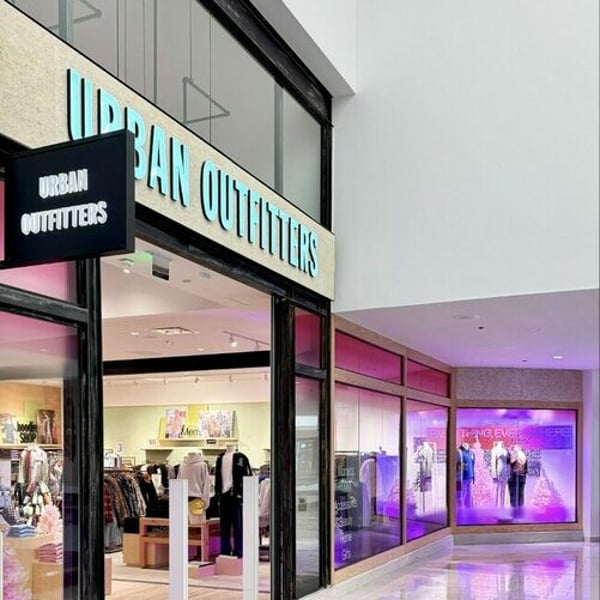At any given moment, the ship-shaped Louis Vuitton flagship on Shanghai’s Huaihai Road is surrounded by people of all ages taking selfies.
The scene would suggest China’s shoppers are clamoring for luxury once again. Cecile Cabanis, LVMH’s chief financial officer, noted on the company’s October earnings call that even neighbours of Louis Vuitton’s Shanghai ship were happy because the store was “driving so much traffic.”
But beneath the camera flashes lies a subtler reality: China’s luxury market, which accounts for roughly a third of the sector’s worldwide sales, may have finally stabilised after two challenging years, but it’s still on shaky ground.
The country is a vital source of luxury sales. In 2019, Chinese consumers accounted for 90 percent of the sector’s constant growth, according to Bain & Company. Sales continued to surge through the country’s Covid lockdowns, as consumers who once spent abroad were forced to splurge at home. But economic factors such as a real-estate crisis and high youth unemployment have hammered the market in recent years. Bain estimates it contracted as much as 20 percent in 2024, with growth this year projected to be flat.
Finally, however, luxury brands are signalling cautious optimism: LVMH’s fashion and leather goods division reported a return to growth in Mainland China in the third quarter. Hermès cited a very slight improvement. Kering and Prada flagged better trends in the region.
The results come with a caveat. “What’s interesting is most companies are cautioning this seems to be driven by the easy comparative quarter last year,” said Chiara Battistini, luxury analyst at J.P. Morgan. “We are still dealing with volatile consumers that can show up during events like Golden Week and then fade.”
Even so, it looks like the end of the downturn. Bernstein analyst Luca Solca forecasts a slight rebound for China’s luxury market in 2026. HSBC’s Erwan Rambourg — who recently upgraded LVMH to “buy” — said in a recent research note that luxury growth in 2026 may be modest but sustainable.
Luxury players shouldn’t view this as a prelude to the growth rates of old returning, however.
“I think that the worst is over, but I don’t think that we will ever see again in the near future what we have seen in the last decade,” Prada chief executive Andrea Guerra said on the company’s earnings call last month.
What’s emerging in China is a more discerning and competitive market, in which brands will need to focus on high-quality, culturally resonant offerings rather than sheer volume, according to Ramourg.
“This is what a mature market looks like,” said Jacques Roizen, managing director of China consulting for Digital Luxury Group, a digital agency for luxury brands. “Growth is earned, not given.”
A More Discerning Market
“Areas around stores like the Louis Vuitton flagship are very full now,” said Shanghai-based luxury influencer Crystal Yoo. “But top luxury malls have never been too full – in 2023 there was revenge shopping, but people are more rational now.”
Roizen echoed the sentiment. “Today, consumers are more cautious, more strategic, but people are spending more than a year ago.”
In Roizen’s view, the pandemic surge was an unsustainable anomaly. Once travel resumed in 2024, so did outbound spending. Today, more than half of Chinese luxury purchases are once again made outside China, he said.
Combined with the ongoing macroeconomic challenges — like the property crisis, unemployment, trade tensions with the US and an aging population — it has left a more competitive domestic environment where only true overperformers will gain market share.
“Brands with timeless codes and consistent execution, like Hermès, Moncler and Brunello Cucinelli, are outperforming,” said Battistini.
Hermès, shielded from macro-woes with its ultra high-net-worth clientele, continues to expand quietly in secondary Chinese cities while maintaining its perception of exclusivity. At Moncler, collaborations with local talent, shops in premium locations and events like last year’s “City of Genius” have allowed the outerwear brand to expand its cultural relevance. Bottega Veneta’s 2025 “A Poetic Conversation” poetry installation at the Shanghai Rowing Club, featuring anthologies by Chinese poet Yu Xiuhua, arranged in a three-dimensional Bottega brandmark, garnered widespread positive feedback.
To stand out in the marketplace, products need to provide deeper value. “Consumers want meaning,” said Battistini. “They want to see themselves reflected in a brand.”
In China, that evolution carries particular weight. The affluent middle class is no longer overbuying luxury with big logos to prove success. Purchases are shifting towards nuanced expressions of identity, demanding that brands translate emotion and values — not just language — to resonate with target customers.
From Status Symbols to Cultural Relevance
If the 2010s were about China catching up to Paris and Milan, the 2020s are about cultural self-confidence.
“Being Chinese is cool again,” said Bohan Qiu, founder of Shanghai-based creative agency Bo Project. “Younger consumers don’t see much difference between Western and Chinese brands. They just want what feels real.”
Homegrown labels like Ruohan — an influential voice in China’s “quiet luxury” movement — and Laopu Gold, which fuses traditional goldsmithing with minimalist design, are cultivating loyal followings among young professionals who value craftsmanship with a cultural heartbeat.
European maisons are still coveted, but the terms of engagement have changed. Today’s consumers expect sensitivity, creativity and respect. Qiu said it’s not enough for campaigns to just use Chinese models, though key celebrity ambassadors and campaign faces are still crucial to most brands’ marketing strategy.
“High-net-worth individuals place greater emphasis on experience,” said Janice Lam Na Cheung, director of mainland business operations for Hang Lung Group, which manages Shanghai luxury mall Plaza 66. “They hope to personally participate in brand stories and create shared memories.”
Surface-level appeals can ring hollow. Yoo said many brands want easy sales during the Chinese New Year, so they launch zodiac-related designs.
“Sometimes they’re really ugly,” she said. She hopes to see better in 2026, the year of the horse.
Brands that have sought out highly localised marketing — from platforms to content and endorsements — are starting to see long-term dividends. Loewe’s 2022 collection, inspired by Chinese monochrome ceramics, included sponsorship of an educational program at Jingdezhen Ceramic University and received positive feedback on Chinese social media. The brand’s most recent “Loewe Crafted World” exhibition in Shanghai was hugely popular.
Lemaire has taken to launching exclusive capsule collections in honour of Chinese festivities: Lunar New Year, Qixi Day (Chinese Valentine’s Day) and the Mid-Autumn festival, with new sizes and colours of brand icons like the croissant bag sold through their Chengdu flagship or through Chinese retailer Tmall. It engages local photographers and talent to create storytelling with deep emotional resonance, like the “coming home” journey for New Years, when families reunite. The engagement with special occasions locally has created a cult following that transcends borders.The brand’s corner in Paris’ Galeries Lafayettes is a magnet for Chinese tourists, with sales staff fluent in Mandarin to cater to the demand.
“There’s humility in the best examples,” said Qiu. “They’re not pretending to be Chinese – they’re showing respect.”
E-commerce remains a key channel in China, with Alibaba’s Global Shopping Festival on 11.11 “Single’s Day” reaching a historic high in 2024 and the upcoming edition including new AI-elements to up efficiency.
Brands can also grab attention with flashy stores and on-the-ground activations, such as Prada’s “Pradasphere” pop-ups or Cartier’s heritage exhibitions. At their best, they encourage shoppers to snap selfies that they post online — what Roizen called “the new billboard.”
But visibility is only half the battle. The bigger challenge is turning attention into loyalty.
“Luxury needs to speak the language of endurance,” Qiu said. “If a brand feels too desperate to be trendy, people sense it.”
Brands that want to succeed in China now must be in it for the long haul. The days of easy wins are over.
“The ones growing now are those who innovate, optimize and localise,” Roizen said. “Everyone else is waiting for the old China to come back.”


